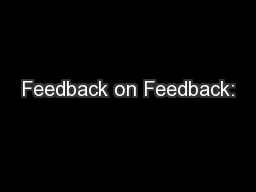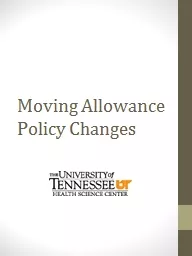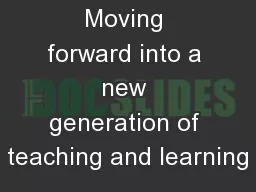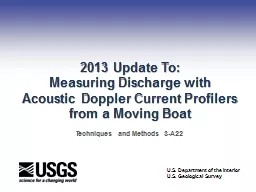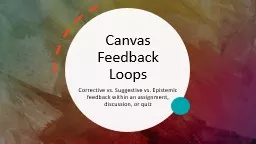PPT-Moving From Feedback to
Author : pamella-moone | Published Date : 2016-11-20
Feedforward Writing With Integrity 2013 Poynter Institute Erin Goergen Teri Trede Floyd Butz IV What is Feedback Feedback is an objective description of a students
Presentation Embed Code
Download Presentation
Download Presentation The PPT/PDF document "Moving From Feedback to" is the property of its rightful owner. Permission is granted to download and print the materials on this website for personal, non-commercial use only, and to display it on your personal computer provided you do not modify the materials and that you retain all copyright notices contained in the materials. By downloading content from our website, you accept the terms of this agreement.
Moving From Feedback to: Transcript
Download Rules Of Document
"Moving From Feedback to"The content belongs to its owner. You may download and print it for personal use, without modification, and keep all copyright notices. By downloading, you agree to these terms.
Related Documents





